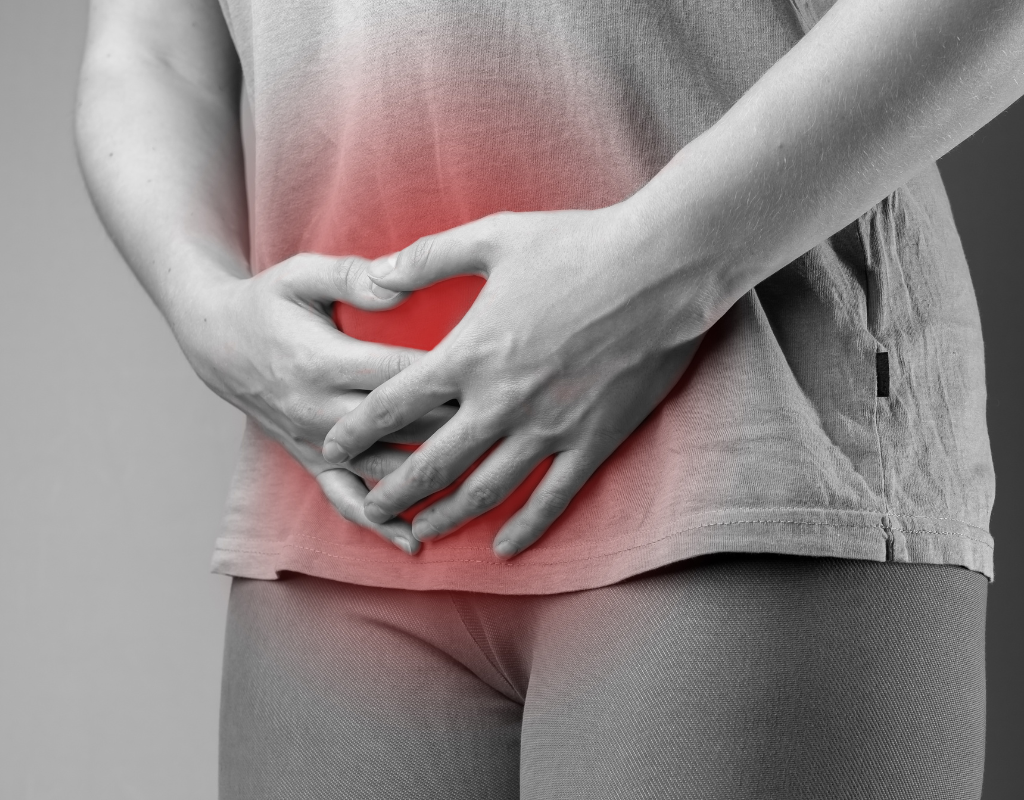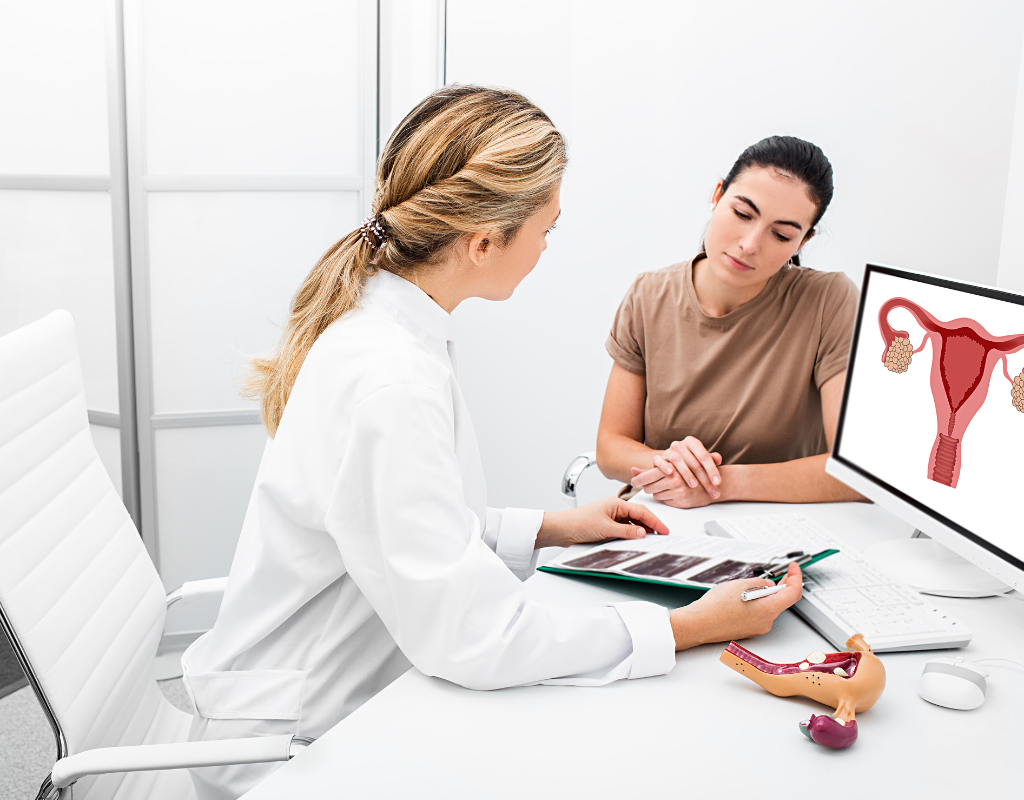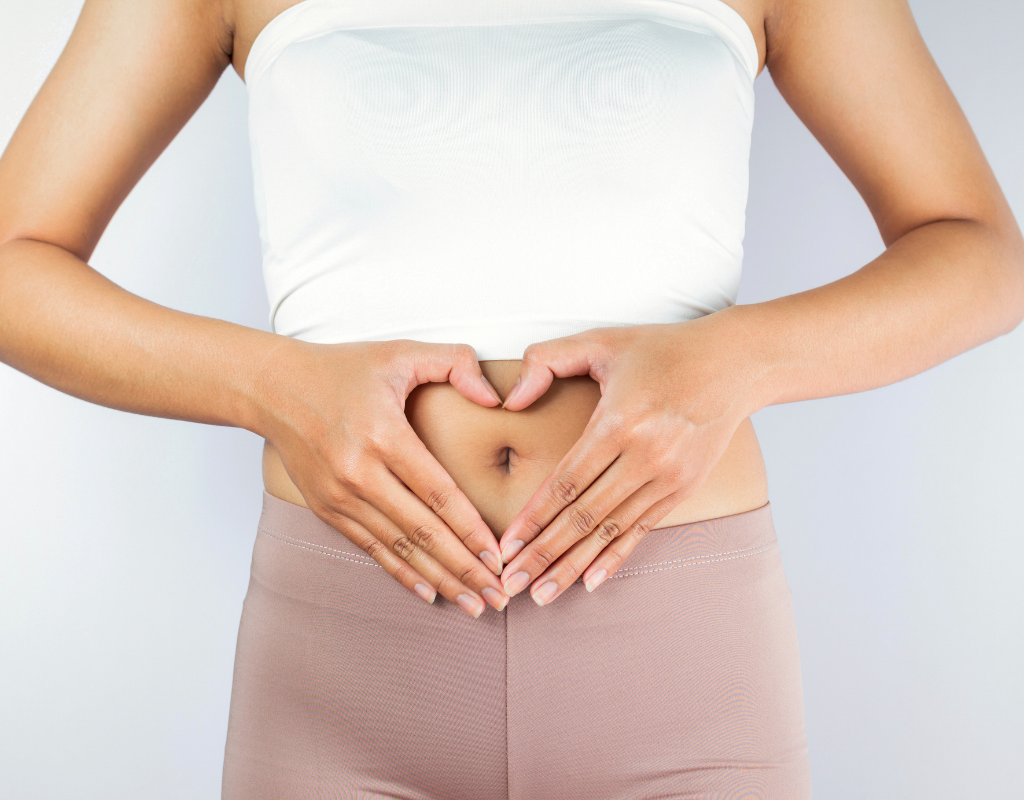Uterine fibroids are masses of muscular tissue in the uterus. Uterine fibroids occur in up to 20 percent of women between the ages of 30 – 50. Most fibroids do not cause problems, but a few women have symptoms such as heavy menstrual bleeding, clot formation, and pelvic pain or pressure.
Fibroids are noncancerous tumors that can grow anywhere in the uterus. They’re usually solid, but they can also be cystic or multiple. Fibroids are usually found inside the uterus (endometrial) and grow toward it from the inside out. Sometimes fibroids will grow onto other organs, like your ovaries or bowel, which is called adhesion.
If you have fibroids, you may notice them during a routine pelvic exam by your doctor or nurse practitioner; other times they may be found while they’re being removed by surgery.
Fibroids are common in women between the ages of 30 and 50. They can also occur in younger women or older women, though this is less common.
Fibroids are caused by an excess amount of tissue that presses against the wall of your uterus (womb). The walls of your uterus are made up of muscle and connective tissue, which makes it possible for those tissues to stretch out when you have fibroids. As a result, this causes them to grow bigger than normal over time—and eventually cause symptoms like heavy bleeding or pain during sex (known as dysmenorrhea).
Uterine Fibroids can be small and grow slowly, large but not grow much, or degenerate by growing quickly.
Fibroids are usually not cancerous, though some might be. Fibroids can grow in different ways, depending on the type of fibroid and how it’s growing. For example:
- Small uterine fibroids that are non-lobular (they do not have large growths) will grow slowly over time, but if they become large enough to cause problems with your ovaries or fallopian tubes they can cause pain when you move around or during sex.
- Large uterine fibroids that are lobular (they have one big central portion) can grow quickly and become larger than what would normally be considered normal size for your uterus when they first form (which may happen as early as puberty). If this happens then there could also be other symptoms such as heavy bleeding after menopause or irregular periods.
Most fibroids do not cause problems, but a few women have symptoms such as heavy menstrual bleeding, clot formation, and pelvic pain or pressure.

Fibroids are benign tumors that grow in the uterus. They can also affect other organs such as the bladder, bowel, and ovaries. Fibroids may cause infertility because they interfere with ovulation (the release of an egg). Treatment involves surgery to remove the fibroid or medication that stops its growth.
A myomectomy is a surgical procedure that removes fibroids from the uterus.
A myomectomy is a surgical procedure that removes fibroids from the uterus while an abdominal myomectomy is performed through an incision in the abdomen with laparoscopic myomectomy using several small incisions and special instruments inserted through these incisions to remove them.
Myomectomies are often done to relieve symptoms of fibroids, but they may also prevent complications such as bleeding and infection in some cases. It relieves fibroid symptoms such as heavy menstrual bleeding and pelvic pain or a low backache.
The procedure is a safe procedure that does not require anesthesia or general anesthesia because it’s done through an incision in your abdomen instead of inside your body (laparoscopy).
The decision to proceed with a hysterectomy or an alternative treatment depends on several factors, including how bothersome your symptoms are, whether you want to have children in the future, and your age.
A hysterectomy is the only way to relieve fibroids without causing any long-term complications such as incontinence and infertility. If you have large or multiple fibroids that grow quickly or cause heavy bleeding, then it may be best for you if we remove them before they become bigger.
A uterine artery embolization is done by inserting catheters into arteries that supply blood to help shrink fibroids. The catheter is then guided through the arteries to the uterus, where a small amount of material is placed inside the uterine artery to block blood flow.

This procedure has been shown to be effective in reducing symptoms associated with fibroids, including:
- Pain during menstruation (dysmenorrhea)
- Heavy bleeding during menstrual cycles
- Nervous system problems such as headaches and dizziness
It’s important to recognize the symptoms of uterine fibroids so you can seek treatment if you need it.
Fibroids can cause heavy menstrual bleeding, pelvic pain and discomfort during intercourse, infertility, bladder pressure, and constipation. The symptoms of fibroids vary from patient to patient but are often similar to those of other conditions including endometriosis or uterine cancer.
The first step in treating a fibroid is determining what kind it is. If you have had a physical exam by your doctor and think that you may have uterine fibroids then talk with him or her about what symptoms might indicate an issue with the uterus (uterus).
Conclusion
If you’re experiencing any symptoms of uterine fibroids, the first step is to make an appointment with your doctor to discuss treatment options. There are many different types of fibroids and each one can cause different symptoms. It’s also important to talk about other possible causes so you can rule out any other conditions that may be causing your problem before moving forward with surgery or medication options.

